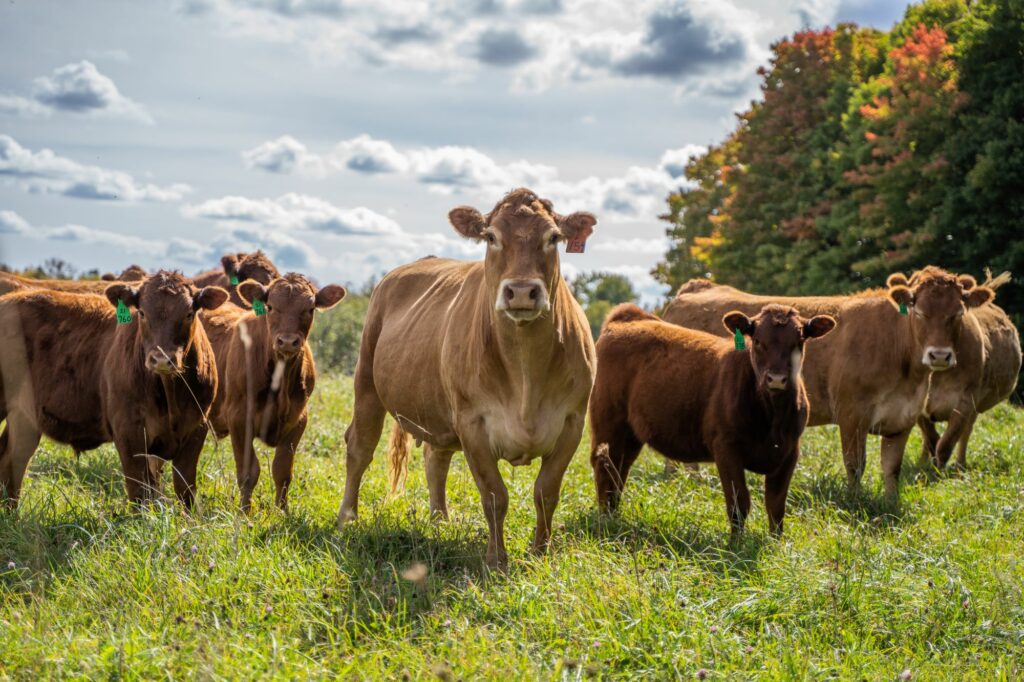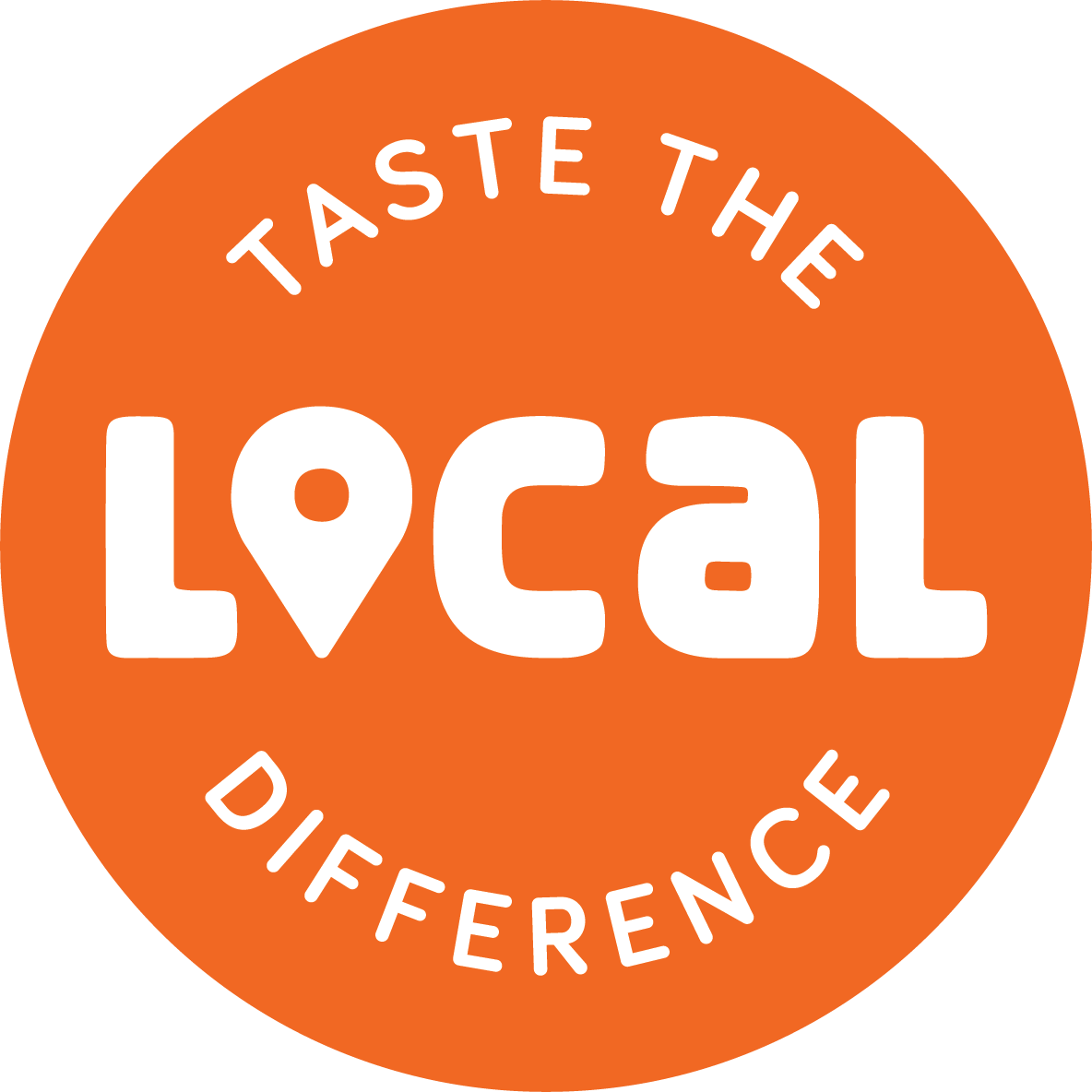In the northernmost regions of the pleasant peninsula, glacier-carved landscapes host farmers raising beef cattle, hogs, lamb, goats, and more. At the end of each animal’s life cycle, these producers face a slew of decisions including where to send their product, and what impact that will have on their profitability. Until recently, the U.P. farmer could either send their animals to the only USDA-regulated processor, located on the Central end of the peninsula, to be processed and sold locally or to commercial sales barns in Minnesota or Iowa.
Historically, selecting the local option presented an issue of demand outweighing capacity. Bottlenecks create long butcher wait times, and not only that, but producers in the Western reaches of the U.P. have to manage 12+ hours of travel time away from their farm to simply make the trip, not to mention the cost of gas and well-being for their animals.

The year 2020 was a time of reckoning for many issues in the food system, and the meat industry was no exception. With plants for major meat monopolies regularly closing due to the COVID-19 pandemic, producers had nowhere to turn, and beyond that, the prices that skyrocketed for meat during the pandemic never showed up in profits for farmers. In response, the Biden administration and the USDA have issued 1 billion dollars in grants nationwide to support the proliferation of small-scale meat processors to compete against the monopolies established in chicken, pork, and beef.
Michigan Organizations Step in to Connect Funding to Processors
Michigan State University Center for Regional Food Systems (MSU CRFS) and MSU Product Center were ready to help. MSU and regional partners had conducted a feasibility study for meat processing in the region, and knew about the problem with demand. When 3 million dollars in grants became available for Michiganders, they connected folks with the resources needed to complete applications in conjunction with the Michigan Department of Agriculture and Rural Development (MDARD), as well as the costing and implementation of the resources, awarded to Love Meats in Rudyard and Sommers Sausage Shop in Crystal Falls.
MSU CRFS, the MSU Product Center and its partners are an asset to local business owners of Michigan. “Entrepreneurs need a variety of support from product testing, licensing, production and manufacturing, connecting to buyers – wholesale, institutional, and operations. Connecting to funding opportunities is always one of the biggest needs for small businesses. Our program and partners help them do these things,” says Jamie Rahrig, Academic Specialist for MSU CRFS.
It isn’t easy to run a meat processing facility, and even more so to run a USDA-licensed facility required for farmers to sell meat to the general public. Grant dollars funded refrigerated meat trailers and stand-alone offices for inspectors required to meet the USDA needs. Beyond that, paperwork expertise and processing know-how helped create robust animal handling plans, label reviews, recall plans, food defense plans, crisis plans, and more. With all this in place, Love Meats will open for federal inspection in the fall of 2024.
More Meat Processing Capacity = More Farming, More Food in the Upper Peninsula
According to Parker Jones, Innovation Counselor for the MSU Product Center, the U.P. has a longstanding culture of neighborly chest freezer shares, but local meat was rarely reaching area establishments for purchase. Now, farmers will be able to access closer USDA-licensed meat processing facilities with more availability in the supply chain, allowing for an expansion of premium meat products in the Upper Peninsula.
Duane Kolpack of U.P. Products is closely involved with this change in the food system. “With more processing and opening up local markets this should cut down the cost of transportation of cattle and supply of beef to consumers,” he explains. “This should entice farmers to finish more beef in the U.P. instead of sending them to other states as feeder cattle.”
So, why does it all matter? “I have watched agriculture and a lot of our small towns across the U.P. shrink almost to extinction in my career and hope this trend changes,” illustrates Kolpack. Jones adds that other food businesses stand to benefit: currently, restaurants may pay a premium for large-scale food industry proteins, and get a lesser product. Now, food business owners have the opportunity to support local agriculture and benefit from great taste on the plate. With more processors in play, the U.P. community is about to see a boom in local proteins.
This article was written in partnership with the Michigan State University Center for Regional Food Systems.
Claire Butler is the Content Strategy Specialist for Taste the Local Difference. Contact her at [email protected].
